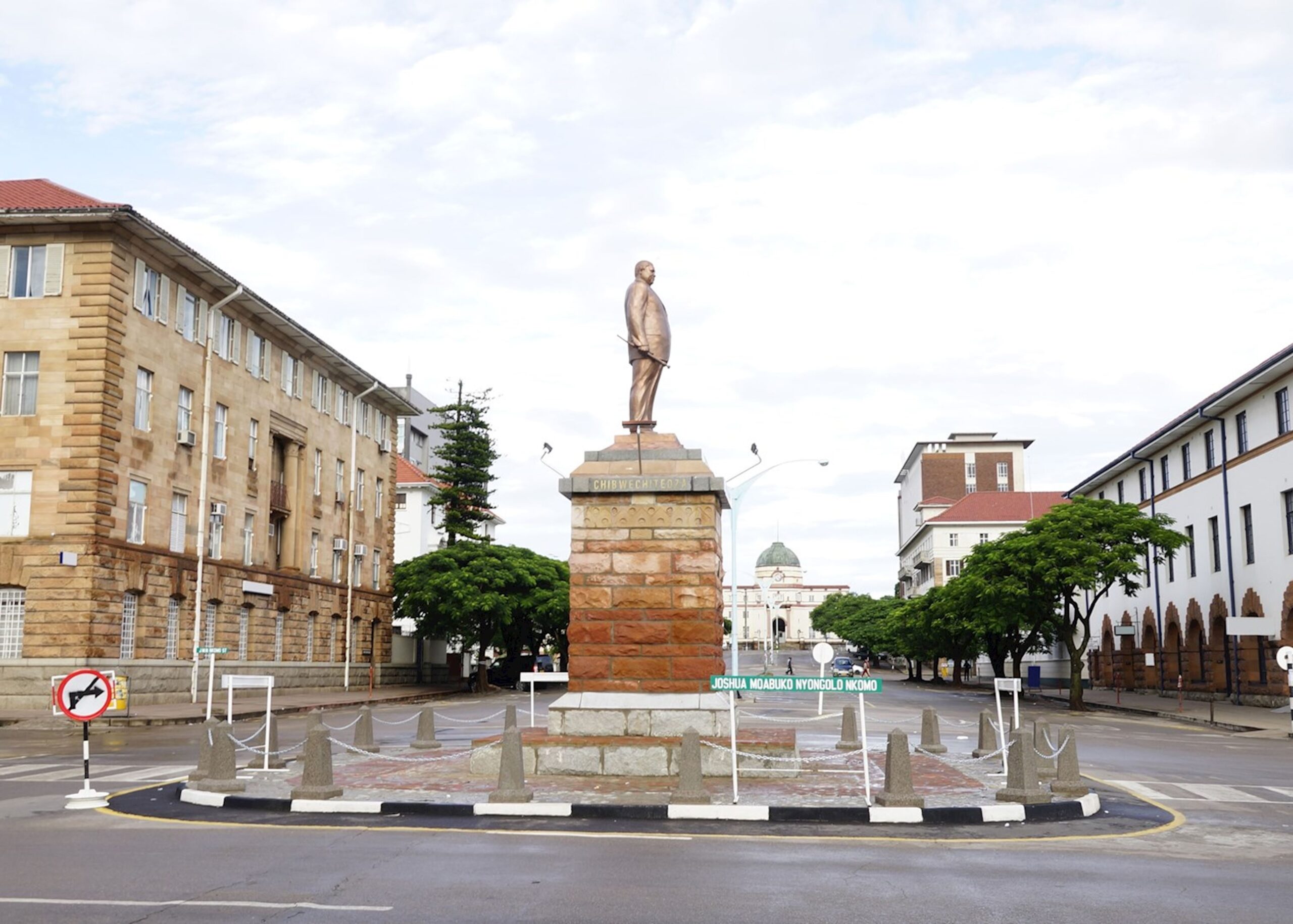RTGS system pushes $1,6 trillion in a year
The Zimbabwe Electronic Transfer Settlement System (ZETSS), better known as Real Time Gross Settlement System (RTGS), owned and operated by the central bank, handled a total of $1,6 trillion worth of transactions in 2020, representing a 592 percent increase, official data from a recent report shows.
At 592 percent increase, the figure shows the effect of inflation on values on 2020 when prices paced by 837,5 percent, as of July, in response to then volatile and free-falling Zimbabwe dollar.
The central bank said the value pushed on the ZETSS platform, which exhibited significant evidence of efficiency and availability, constituted the bulk of transactions that year, at 62 percent of the total value, although the platform was outweighed by mobile money in terms of volumes.
The ZETSS system settles transactions from the Centralised Securities Depositories in addition to those from other payment systems in the country.
It is a settlement system established and operated by the Reserve Bank of Zimbabwe (RBZ) for RTGS of large value and time critical transactions.
The RTGS is the most critical systemically important payment system for the large value, time critical payments between system participants.
The system, according to a recent internal audit, has improved efficiency in the payment systems by mitigating settlement risk and eradicating time lag for settling high value and time critical payments.
They include; clearing house positions, interbank transfers, Government securities and money market transactions. The turnaround time for a transaction completed via the ZETSS is instantaneous.
A self-assessment report on the large value payment, clearing and settlement system (RTGS), the first to be published by the RBZ, says ZETSS maintained a high level of availability, at 99 percent, during the year 2020 with few network connectivity challenges experienced.
Other payment systems in the country include the mobile internet, cheque and cards on ATMs. In 2020 the mobile money transaction volumes constituted 87 percent of the volumes and 14 percent of the transaction values.
In terms of volumes, the RBZ report says the ZETSS system handled 10,7 million transactions constituting 0,56 percent of the local digital transactions in the economy or an increase of 31 percent from prior year transactions.
Over the years, since 2009, the proportion of ZETSS transactions to overall local digital transactions have been declining. It was only during the year 2020 that the proportions of volumes and values slightly increased.
The ZETSS has the capacity to settle batched retail transactions using the multi-lateral netting systems. Its primary objective is to provide a settlement mechanism in which both processing and final settlement of participant payment instructions in real time.
The transactions are checked for funds availability and settled on a gross basis. The system is credit push based to manage credit and systemic risks.
According to the RBZ, the ZETSS facilitates safe, secure and real-time transmission of high value funds between accounts in different financial institutions. It was implemented in November 2002 and has undergone several upgrades to meet the ever changing payments systems requirements.
Participation on the platform is open to banks, building societies, post office savings banks, the development and microfinance banks. Currently there are twenty-two (22) registered ZETSS participants.
The central bank said in its first ever published self-assessment report on the system that the ZETSS or RTGS audit was done by the RBZ’s Financial Markets, National Payment Systems, Operations Unit and reviewed by the oversight function of the apex bank.
ZETSS operations are primarily governed by the Reserve Bank of Zimbabwe Act and the National Payment Systems (NPS) Act and other guidelines issued by the bank. Supporting statutes to the operations of the RTGS include among others the Exchange Control, Banking and Anti Money Laundering and Counter Financing of Terrorism
(AML/CFT) Laws.
The system is owned and operated by the central bank and administered by the Financial Markets Division, National Payment Systems Department- Settlement and Operations Section.
The Oversight Section of the National Payments Systems Department oversees the operations of the financial markets infrastructure, as guided by international best practices.
To enhance the safety and stability of National Payment Systems, the bank said it continued to strive for safety and integrity of the payment, clearing and security settlement systems.
Consistent with that, the bank said it will also become more adept at anticipating and prioritising emerging threats, thereby becoming more responsive and effective at combating potential risks in the payment ecosystem.-ebuisnessweekl








